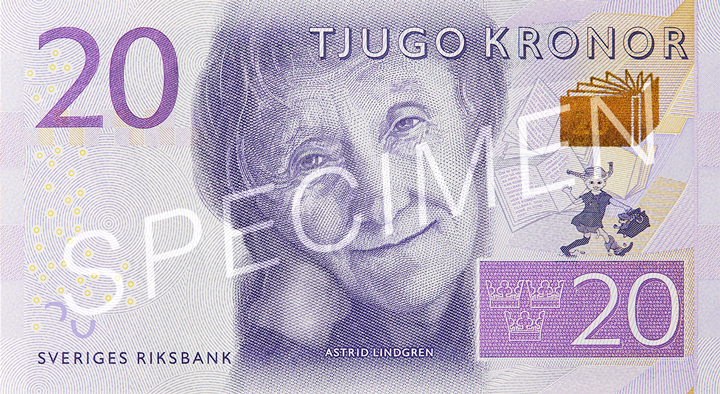Talking about money in Swedish, part 2 Posted by Stephen Maconi on Mar 29, 2017 in Living in Sweden, Swedish Language
Money is a standard topic of conversation in any language. After all, wherever you are, you have to be able to buy groceries, fika, and that bottle of wine from Systembolaget for dinner at your friends’.
(If you don’t know, Systembolaget is the (only) liquor store in Sweden.)
Review. In the last post, Talking about money in Swedish, part 1, we learned some basic Swedish words used when discussing pengar, money. Something can be dyr, expensive, or billig, cheap. In Sweden, we use kronor as our currency. Another, more colloquial way of saying kronor is spänn, and in some phrases, you can use the colloquial slant.
Dyr and billig describe whether a product or service has ett högt pris, a high price, or ett lågt pris, a low price, respectively. Of course, your interpretation of the price is based on your expectations. Many people from other countries outside Scandinavia come to Stockholm as tourists and comment that wow, everything is so dyrt! Compared to the prices they’re used to, Stockholm prices are relatively höga. Which tourists complain about this, however, varies a lot since the value of the krona, Sweden’s valuta (currency), fluctuates in relation to other valutor. Sometimes, Stockholm is expensive for Spaniards, for example, while sometimes, the prices seem reasonable. It all depends on when you come and what economy you come from!
When you’re on your shopping spree on Drottninggatan, “Queen Street” in Stockholm, you might be surprised that even street vendors let you pay med kort, by card. Cash, kontanter*, is becoming less and less common all the time in Swedish society. As a result, many Swedes abroad are shocked to find that even grocery stores in some countries won’t take card payment!
*(Note: Kontanter is a plural noun unlike “cash”, which is singular in English.)
But if you do use kontanter to pay, you’ll have a few different sedlar, bills (UK “notes”), to check out. Sedlar (singular sedel) exist in the values of 20, 50, 100, 200, 500, and 1000 kronor. (Check out Sweden’s bills/notes here!) And everyone’s favorite pocket weight, mynt, coins, come in the values of 1, 2, 5, and 10 kronor. (Check out Sweden’s coins here!)
Sweden’s sedlar and mynt (singular also mynt) are successively replaced by new sedlar and mynt once every few decades, which you will be able to read about if you check out the links above. The sedel worth 200 kronor only came into existence in October 2015 and the mynt worth 2 kronor came to exist just a few months ago in October 2016. Previously, there was even a mynt worth 50 öre, cents (1/100th of a krona), but these were removed from use in September 2010.

Build vocabulary, practice pronunciation, and more with Transparent Language Online. Available anytime, anywhere, on any device.




